MARKET PERSPECTIVE
By J Mulraj
Jan 4-10, 2025
Will Atlas shrug?
‘Atlas Shrugged’ is a fictional tome, authored by Ayn Rand, describing a country being led to destruction because of woke policies, ones that discourage enterprise and reward sloth. In Greek mythology, Atlas was the God who personified endurance and was punished by Zeus to carry the world on his shoulders. In the book, a handful of hard working entrepreneurs produce the wealth, but are made to endure ridiculous policies that reward those who don’t work yet claim a reward. These entrepreneurs are the Atlas bearing the burden. They finally give up, continuing their work and philosophy in a secret location.
Atlas Shrugged!
Under the woke policies of the previous administration, like open borders, endless debt-funded wars, reckless giveaways, reams of bureaucratic red tapes, and others, America had become a nation torn. High inflation, including prices of homes, a 5% increase, over time, in interest rates, gun violence, racial divisions, homelessness, laws forgiving petty theft, had reduced the world’s largest economy to a nation in decline.
The growth in labour productivity in USA, measured as an index of output divided by an index of hours worked, has kept the nation prosperous. Labour productivity, thus defined, has gone up from 22.07 in Q3/1947 to 113.8 in Q2/2024 (https://tradingeconomics.com/united-states/productivity). The scope for further gains in human labour productivity are limited.
But not for humanoid robots!
These columns had mentioned the commercial case for introduction of humanoid robots . Humanoid robots can be produced for about $20000, in one day, and be programmed to work immediately. Humans take 9 months to be produced and start working 21 years later, incurring maintenance, educational and training costs of $30000.
Robots would work 24 X 7 X 365 without coffee breaks, vacations, disputes, bonuses or increments. Robots would work flawlessly, speedily and continually, resulting in a spike in productivity.
Humanoid robots will become ‘Atlas’, carrying, on their shoulders, the burden of growing productivity and wealth for all.
The concern is that humanoid robots will replace humans, so how will they earn an income. The answer to that quandary is that the tremendous gain in productivity using humanoid robots will be so huge that it would enable Governments to provide citizens with a Universal Basic Income (UBI).
Tesla has developed a humanoid robot called Optimus, and unveiled a prototype in 2022. In this video founder Elon Musk says that the productivity gains from robots would be enough to provide everyone with a Universal High Income not merely a basic income.
Another of Tesla’s imminent introductions is the FSD (full self driving) vehicle, to be introduced some time in 2025, via a software upgrade to current cars equipped to receive the upgrade electronically (no need to take it to a garage). Musk says, in the video, that the FSD vehicle will equal human safety record by Q2/2025 and surpass it thereafter; ultimately becoming accident free. Imagine not needing to pay insurance premium!
In fact Musk plans to convert the FSD vehicle from a cost centre to a profit centre! The car owner can offer the vehicle, using an app, to a ride-share service, for the time he doesn’t require it. This is known as TASS, Transport As A Service. The service will communicate with the car, instructing it to pick up and drop passengers, earning an income, which is split between the service and the owner.
As per this video Tony Seba, who studies technology disruptions, predicts that an EV with a 200 mile range will cost $ 11000 by 2025. This price, combined with FSD and TASS will disrupt the ICE (internal combustion engine) industry. Investors should review their investments in ICE companies.
The need to own a personal car will reduce, as FSD cars will be provided by TASS. This will free up vast tracts of urban land used for parking, which can be used for public spaces or housing.
Of course, as demand for EVs overtakes ICE, it will reduce consumption of fossil fuels, lowering the price of crude oil. Hence lower sea transport, and lower inflationary pressure. Moreover, Trump will abide by his electoral promise to ‘drill baby drill’, using fracking to increase global oil supply, and further lower its price.
Vivek Ramaswamy and Elon Musk will work in DOGE, Department of Government Efficiency, to lower costs by removing bureaucratic hurdles. Costly and wasteful wars will be avoided. The Afghan war and the Iraq war cost USA a trillion $ each, adding to its debt burden.
So the use of technology of humanoid robots, FSD, AI, and others like Quantum Computing, to vastly increase productivity, combined with efforts to cut wasteful procedures and costs, could well help the US to climb out the debt hole into which it has fallen.
Other countries are facing political turmoil too. Canadian Prime Minister Justin Trudeau, resigned, becoming just out Trudeau. The South Korean President was ordered to be arrested by the Supreme Court, but prevented from being so by his security forces. Chinese leadership is facing public demonstrations against various grievances and, as per Kyle Bass, founder of hedge fund Hayman Capital, the Chinese economy is collapsing. After its realty sector collapsed, and after youth unemployment soared, the median home price, compared to median income, is very high and unaffordable. As a result, there are fewer babies being born, and China’s fertility rate is well below the 2.1 babies needed to sustain its society.
China, too, has developed humanoid robots. With a view to boost productivity as well as its armed forces. India’s advantage, eg, in mountain warfare (its soldiers are experienced and acclimatized to freezing weather) would be nullified.
Sadly, Indian leadership does not appear to be developing its own humanoid robots. Sad, because it will become uncompetitive if it doesn’t. The leadership is, naturally, reluctant to usher in a technology that would displace human jobs. But, as the saying goes, nothing can stop an idea whose time has come.
Last week the Sensex closed at 77378, down 2155.
New, disruptive, technologies will be the driving force for stock markets. The disruption of existing businesses would be quick, and brutal.
Will the humanoid robots succeed in pushing up productivity enough to propel global economic growth?
One hopes it does, but it’s unclear. Like Atlas, I, too, will shrug.
Image created by Bing, using AI
Comments may be sent to jmulraj@asiaconverge.com








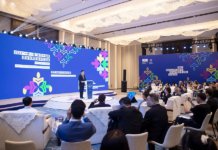


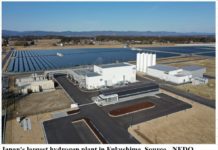









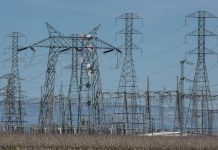

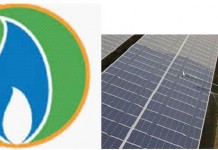


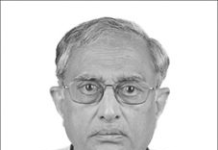


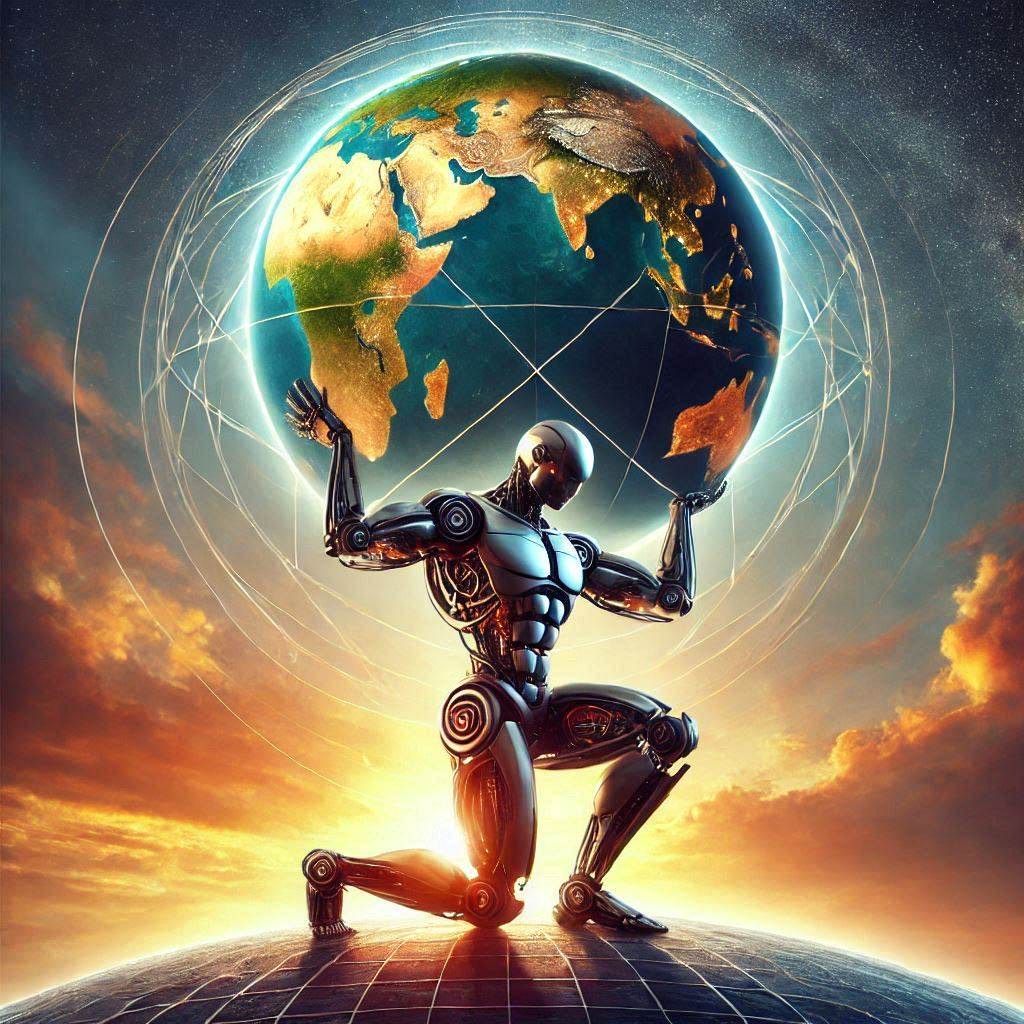



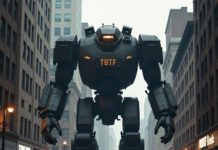
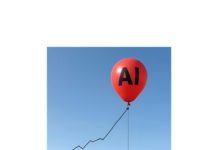







COMMENTS